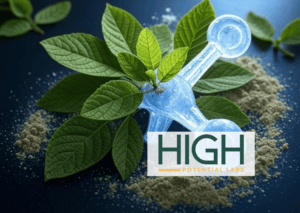

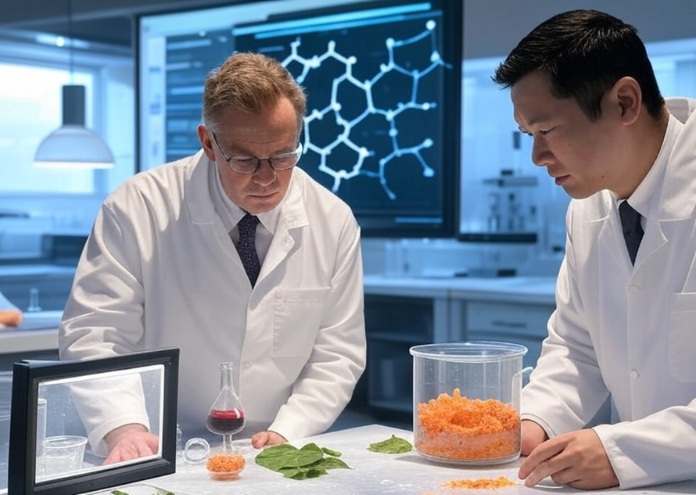
In the dynamic world of natural supplements, Kratom has taken center stage, not only for its purported benefits but also for the complex legal and health issues surrounding its use. Among the numerous alkaloids present in Kratom, 7-Hydroxymitragynine (7-OH) stands out due to its potency, which significantly exceeds that of other Kratom components like mitragynine. As Kratom’s popularity increases, so does the necessity for effective screening methods to detect its use, particularly in contexts where substance monitoring is pivotal. This expanded exploration delves into the intricacies of the “7-OH Mitragynine Screen”, its significance, application, and the broader implications for society, health, and law.
CLICK HERE TO LEARN: What is 7-Hydroxymitragynine?
Chemical Composition and Origin
7-Hydroxymitragynine is an indole alkaloid derived from the Kratom plant (Mitragyna speciosa), native to Southeast Asia. This compound is a minor alkaloid compared to mitragynine, the primary one, but it’s significantly more potent, often cited as being 13-17 times stronger than morphine in its affinity for mu-opioid receptors. This potency is due to a structural modification where a hydroxy group is added at the 7-position of the mitragynine molecule, altering its pharmacological effects.
Pharmacological Effects
7-OH primarily functions as an opioid receptor agonist, particularly targeting the mu-opioid receptor, which explains its strong analgesic properties. However, its interaction extends beyond this, affecting other opioid receptor subtypes and even neurotransmitter systems like serotonin and dopamine, contributing to its mood-enhancing and psychoactive effects.
Workplace Safety and Compliance
In industries where safety is paramount, like manufacturing, transportation, or healthcare, ensuring employees are not impaired is crucial. Traditional drug screens might not detect Kratom or its metabolites, necessitating specialized tests for 7-OH to uphold safety standards and compliance with workplace drug policies.
Legal and Regulatory Needs
The legal status of Kratom varies widely across jurisdictions, with some regions imposing bans or strict regulations. Detecting 7-OH can be vital in legal contexts, from traffic stops to criminal investigations, where distinguishing Kratom use from other opioid use is necessary for accurate legal proceedings.
Health and Rehabilitation
For individuals in recovery programs or under medical supervision for substance use, screening for 7-OH provides insights into Kratom consumption patterns, aiding in personalized treatment plans and monitoring progress.
Public Health Research
Researchers rely on screens to understand the prevalence, effects, and potential abuse of Kratom. This data informs public health policies, including education, regulation, and harm reduction strategies.
How is the 7-OH Mitragynine Screen Conducted?
Sample Collection
The most common sample for screening is urine due to ease of collection, privacy considerations, and the window of detection. However, blood or hair samples can offer different insights:
Analytical Techniques
Testing Protocols
Limitations and Ethical Considerations
Technological Advancements
Regulatory and Legal Developments
Public Perception and Education
Understanding 7-OH screening is part of a larger conversation about natural substances, their regulation, and use in society. Public education on what these screens mean, why they’re performed, and their implications can lead to more informed public discourse and policy-making.
Economic and Legal Impact
For businesses, particularly those in regulated industries, the ability to screen for 7-OH can affect hiring practices, workplace policies, and even insurance rates. Legally, accurate screening can influence outcomes in court, affecting everything from DUI cases to custody battles where substance use is a concern.
Health and Safety
From a health perspective, knowing when and how to screen for 7-OH can aid in identifying Kratom-related health issues, guiding treatment, and preventing misuse or dependency.
Research and Innovation
Ongoing research into Kratom and its alkaloids like 7-OH is crucial. It informs not only the development of screening methods but also the broader understanding of Kratom’s pharmacology, potential therapeutic uses, and risks.
Policy Formulation
Policymakers use data from screenings to shape drug policy, considering both the benefits and potential harms of Kratom. This includes debates on whether Kratom should be treated as a dietary supplement, a controlled substance, or something else entirely.
The 7-OH Mitragynine screen is more than just a tool for detecting Kratom use; it’s a window into the complex interplay of health, law, and society’s relationship with natural psychoactive substances. As we continue to navigate this terrain, the screen’s role will evolve, driven by advances in technology, shifts in public opinion, and the ongoing scientific exploration of Kratom’s effects. The challenge lies in using this tool ethically, ensuring it contributes to safety, health, and justice without infringing on individual rights or stifling scientific inquiry.

FDA Disclaimer: This article is for informational purposes only. The statements made about a 7-Hydroxymitragynine screen has not been evaluated by the Food and Drug Administration. Consult with a healthcare professional or a legal advisor for guidance specific to your situation.

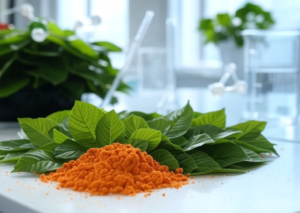
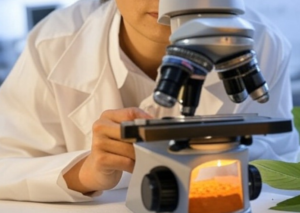

Our facilities are located in Illinois, Colorado and Florida.
© 2025 High Potential Labs. All Rights Reserved.